Many teams try to optimise productivity by organising effort around a mix of organisational priorities and processes, and individual work preferences. Focusing on the productivity of individuals and small teams, rather than an end-to-end process across teams, can encourage individuals to manage their work, instead of managing the work. This can lead to a lot of work being done individually, without much getting done collectively.
For most people in publicly funded organisations, their own work is the most relevant and significant part of organisational processes. We naturally focus on the work that we care most about and see most clearly, and may not even realise how many steps come after us in the journey to a finished product.
It becomes more difficult to see and understand the contributions of other people the further they are from us in the process. This is particularly true in large, complex organisations with many processes running at the same time. By only managing the work that is closest to them, conscientious workers focus on improving their personal efficiency at individual tasks, rather than collective efficiency at finishing outputs and achieving outcomes.
When work is managed primarily as components, rather than flows, we miss opportunities to streamline total effort. A single process can end up becoming much more than the sum of its parts because of all the extra effort required for handling, tracking, handing over, and coordinating work. The longer the total elapsed time, and the more convoluted the pathway from end to end, the more frictional effort is created. The more work is in progress at any point in time, the more overwhelming and unwieldy it feels for workers.
Longer and less linear processes are also more likely to break down in ways that lead to rework or delays. In some cases, a process may take so long that rework is needed just to deal with new developments that arise during the process.

Planning whole processes from end to end, including everyone who needs to touch something on the way through, helps workers to have, and feel, more control over the entire organisation’s output. Workers who understand and are empowered to actively manage the work, rather than just their work, can get more done, with lower administrative overheads.
This requires active teamwork and communication about processes, where work is up to in those processes, and where it will be going next. This improves visibility and coordination, allowing for adjustments and reallocation of effort around delays. It also enables work to be organised around critical bottlenecks, maximising throughput rather than input.
Planning all the way through makes it easier for everyone to understand and manage workflows, and to progressively optimise them. This means that work is, and feels, more organised and streamlined.
Clear and purposeful communication to manage the work reduces both frictional effort and process breakdowns where work is delayed upstream.
Organising effort around the busiest bottlenecks configures the system to maximise throughput, rather than to administer work in progress.
Finishing more work faster reduces rework, and therefore the total effort required from workers focused on getting more done, rather than doing more stuff.
